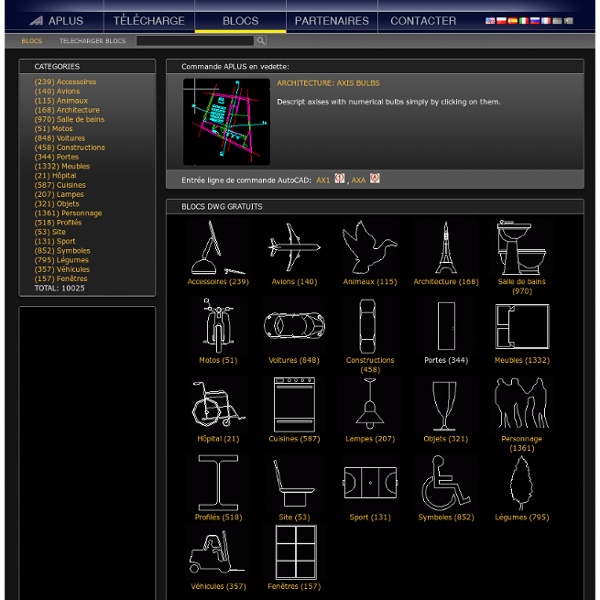



Symboles électriques normalisés pour plan d'électricité de maison et batiment domestique Symboles électriques normalisés et intuitifs pour plan d'implantation Ces symboles sont destinés à définir l'implantation de vos équipements électriques sur votre plan architectural de maison, logement et autres bâtiment domestique. Vous pouvez les téléchargers gratuitements pour réaliser vos travaux d'éléctricité ! Avant toute intervention sur une installation électrique : • Eteindre les équipements sensibles et Déclencher le disjoncteur général.• Vérifier la hors tension du ou des circuits électriques concernés.• Respecter la norme électrique NF C 15-100 et les notices d'installations.• Utiliser du matériel marqué CE voir NF (HAR pour fil et câble recommandé). Symboles électriques de commande Interrupteur Bouton poussoir Détecteur de mouvement Interrupteur radio (Proposé par zoom-elec) Bouton poussoiravec voyant Commande par clé Interrupteur avec voyant Variateur Capteur(Vent, Pluie, Soleil) Interrupteur va et vient Interrupteur temporisé Interrupteur va et vientavec voyant Interrupteur automatique c Spot
Droit aux buttes Jardins en buttes à l'écocentre du périgord On les voit fleurir un peu partout, elles représentent une vraie révolution dans notre relation au sol et notre façon de cultiver. Symboles par excellence de l’agroécologie mais surtout de la permaculture (avec la poule), elles n’en sont pourtant qu’un élément parmi d’autres. Elles représentent l’antithèse du jardin à la papa : un espace riche et vivant, résistant à la sécheresse, à l’excès de pluie, un espace multidimensionnel extrêmement productif qui peut même être auto-fertile. C’est Emilia Hazelipp qui semble avoir importé la culture sur butte en France. Mais quels sont les avantages de cette culture étrange qui demande pourtant un gros travail de mise en place? tout d’abord, elle évite de se baisser. - limiter l’enherbement, - limiter l’évaporation de l’eau et donc de presque supprimer l’arrosage (hors plantation bien sûr), Le non travail du sol. crédits Robert Morez, cliquez sur l’image pour l’agrandir Creuser une tranchée à 35 cm. J'aime :
7th Grader mimics Nature 13 year old copies Nature to Improve Solar Performance Thirteen year old Aidan Dwyer was walking in the woods in Upstate New York in the winter and noticed a spiral pattern to tree branches. Aidan realized the tree branches and leaves had a mathematical spiral pattern that could be shown as a fraction. Aidan's backyard in Northport, NY. The 7th grader next wondered why nature used such a pattern? Aidan discovered that the Fibonacci pattern helps deciduous trees, in higher latitudes, efficiently track the Sun and collect the most sunlight even in the thickest forest, on the cloudiest days. The American Museum of Natural History has awarded Aidan a Young Naturalist Award for 2011. See the detailed description of his discoveries on the Museum's website: *www.amnh.org In late 2012, early 2013, Aidan builds a larger model: Postscript: Many have questioned why Aidan did not measure power output from the solar cells, instead he only measured voltage, without a load attached ("open circuit").
10 Brilliant Social Psychology Studies Ten of the most influential social psychology experiments explain why we sometimes do dumb or irrational things. “I have been primarily interested in how and why ordinary people do unusual things, things that seem alien to their natures.Why do good people sometimes act evil?Why do smart people sometimes do dumb or irrational things?” –Philip Zimbardo Like famous social psychologist Professor Philip Zimbardo (author of The Lucifer Effect: Understanding How Good People Turn Evil), I’m also obsessed with why we do dumb or irrational things. The answer quite often is because of other people — something social psychologists have comprehensively shown. Each of the 10 brilliant social psychology experiments below tells a unique, insightful story relevant to all our lives, every day. Click the link in each social psychology experiment to get the full description and explanation of each phenomenon. 1. The halo effect is a finding from a famous social psychology experiment. 2. 3. 4. 5. 6. 7. 8. 9. 10.
EMOTIV INSIGHT: Optimize your brain fitness & performance by Tan Le Our mission to empower individuals to understand their own brain and accelerate brain research globally was set into motion with the launch of this Kickstarter campaign for Emotiv Insight. Over the course of this campaign, you joined our community and pledged to change how people think about their brain and how we could use brainwear to improve how we live, work, and play. Thanks to you, we are making the Emotiv Insight a reality! Thank you again for being such an awesome community! The human brain, our most advanced organ, is an intricate and complex network of connections. Emotiv Insight is a sleek, 5 channel, wireless headset that reads your brainwaves and a mobile app that translates those signals into meaningful data everyone can understand. We’ve leveraged our knowledge and experience to create the next generation Brainwear™ that tracks and monitors your brain activity and gives you insight into how your brain is changing in real time. We are pioneers in this field. More details:
Darknet - The Darkside - Ethical Hacking, Penetration Testing & Computer Security Emerald Tablet An imaginative 17th century depiction of the Emerald Tablet from the work of Heinrich Khunrath, 1606. The Emerald Tablet, also known as the Smaragdine Table, or Tabula Smaragdina, is a compact and cryptic piece of Hermetica reputed to contain the secret of the prima materia and its transmutation. It was highly regarded by European alchemists as the foundation of their art and its Hermetic tradition. Textual history[edit] The text of the Smaragdine Tablet gives its author as Hermes Trismegistus ("Hermes the Thrice-Greatest"), a legendary Hellenistic[1] combination of the Greek god Hermes and the Egyptian god Thoth.[2] Despite the claims of antiquity, it's believed to be an Arabic work written between the sixth and eighth centuries.[3] The oldest documentable source of the text is the Kitāb sirr al-ḫalīqa (Book of the Secret of Creation and the Art of Nature), itself a composite of earlier works. The tablet text[edit] Newton's translation[edit] Theatrum Chemicum translation[edit] C.G.
Climate Viewer News - Mapping Climate Change, Pollution, and Privacy